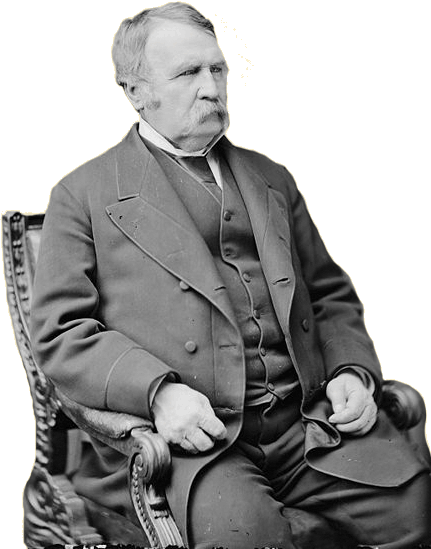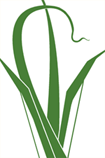|
||||||||||||||||||||||||||||||||||||||||
|
 "Emory, Gen. Wm. H. U.S.A. (not in uniform)," photograph by Mathew Brady or Levin Handy, between 1865 and 1880. Larger. Serving under General Kearny on his march to California, Lieutenant William H. Emory observed the vaqueros with interest and recorded his impressions. It is a saying in Chihuahua that "a Californian can throw the lazo as well with his foot as a Mexican can with his hand," and the scene before us gave us an idea of its truth. There was a wild stallion of great beauty which defied the fleetest horse and the most expert rider. At length a boy of fourteen, a Californian, whose graceful riding was the constant subject of admiration, piqued by repeated failures, mounted a fresh horse, and followed by an Indian, launched fiercely at the stallion.William H. Emory was a member of the Topographical Engineers Corps. His report Notes of a Military Reconnaissance appeared in 1848. |
|||||||||||||||||||||||||||||||||||||||
|
© 2000-2013 California Legacy Project, Santa Clara University English Department, Santa Clara University, 500 El Camino Real, Santa Clara, CA 95053.
For more information: Terry Beers, 408 554 4335, or . 



|
|

|








